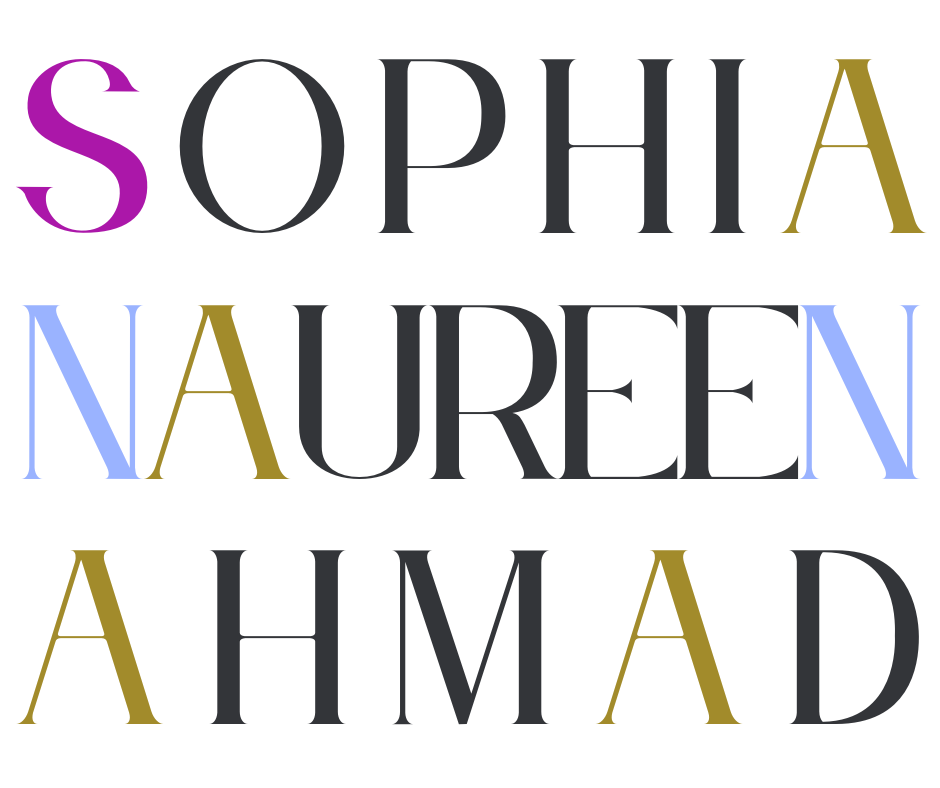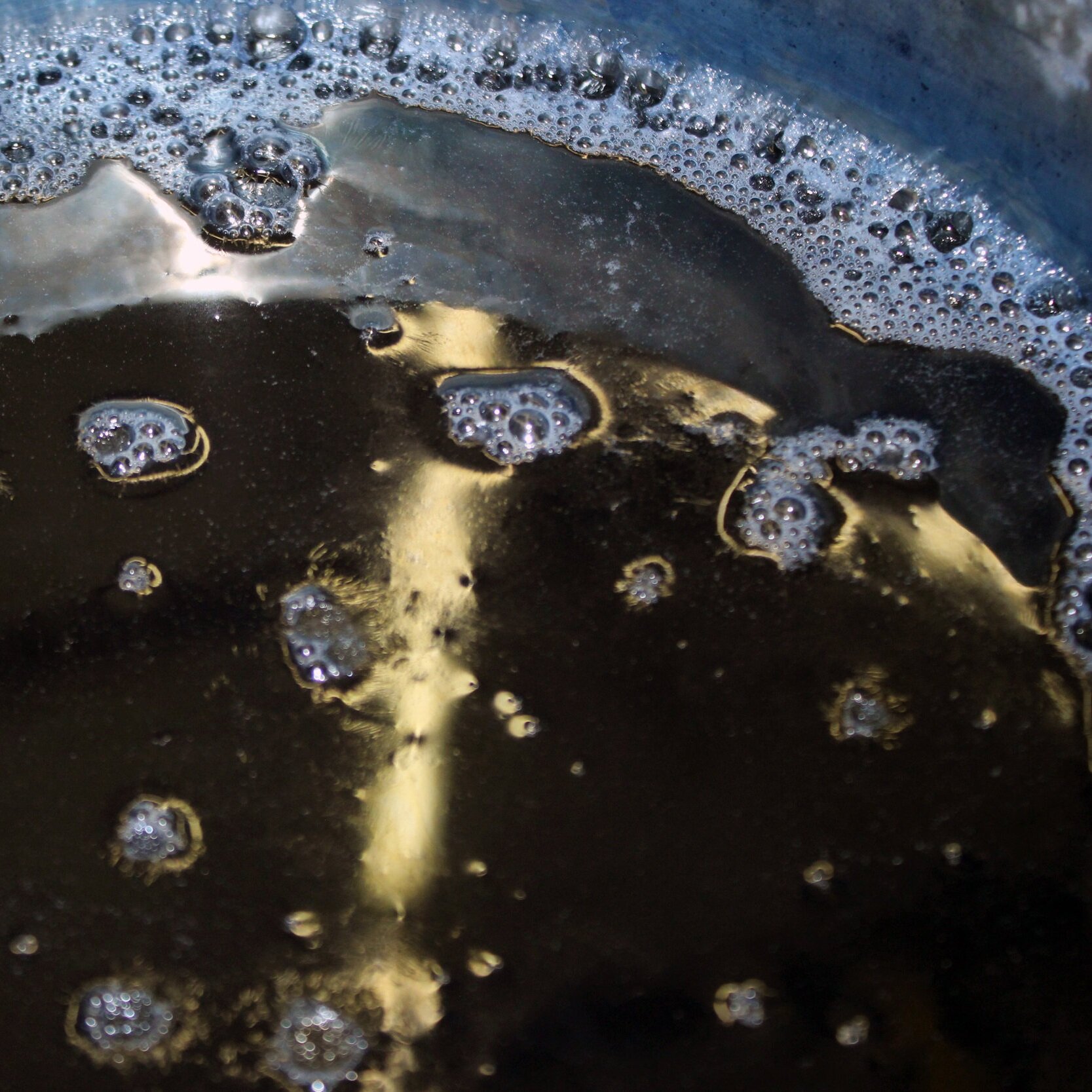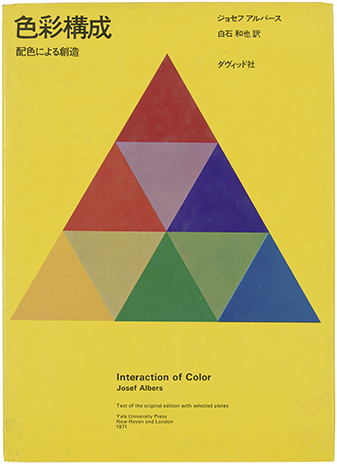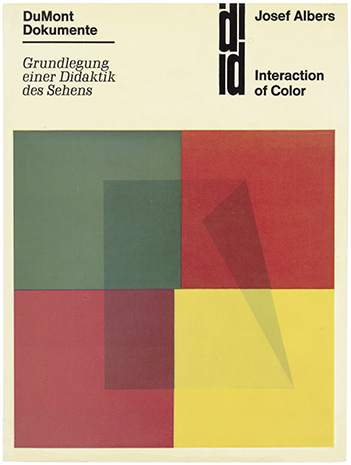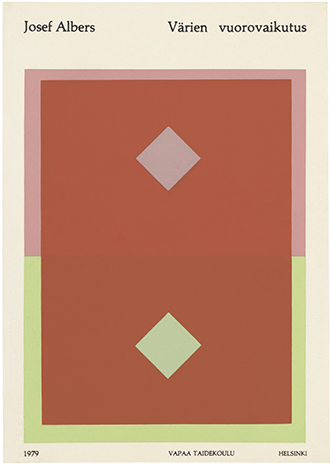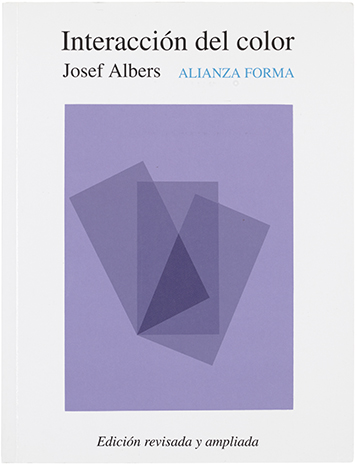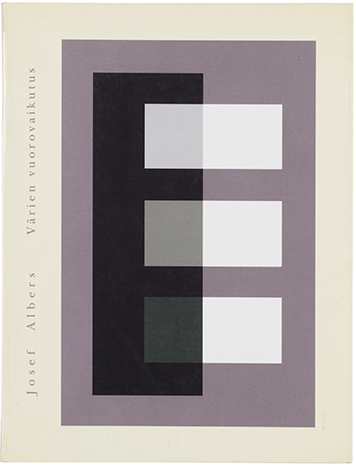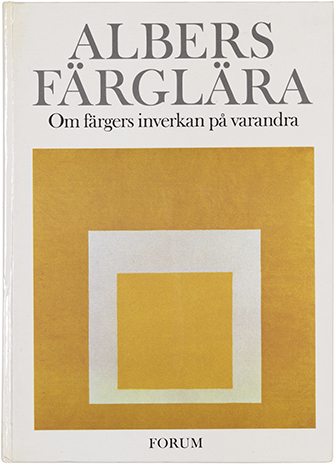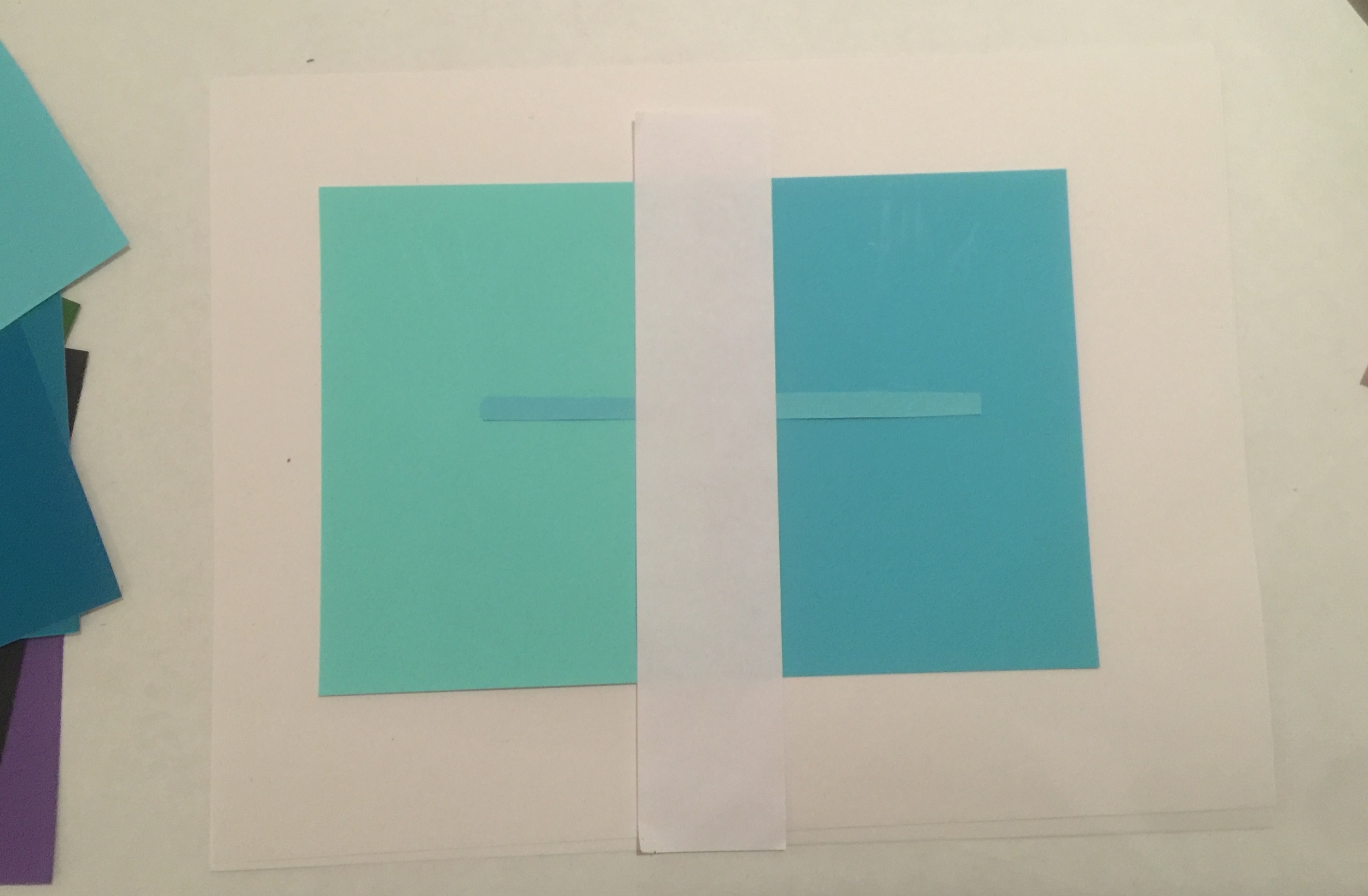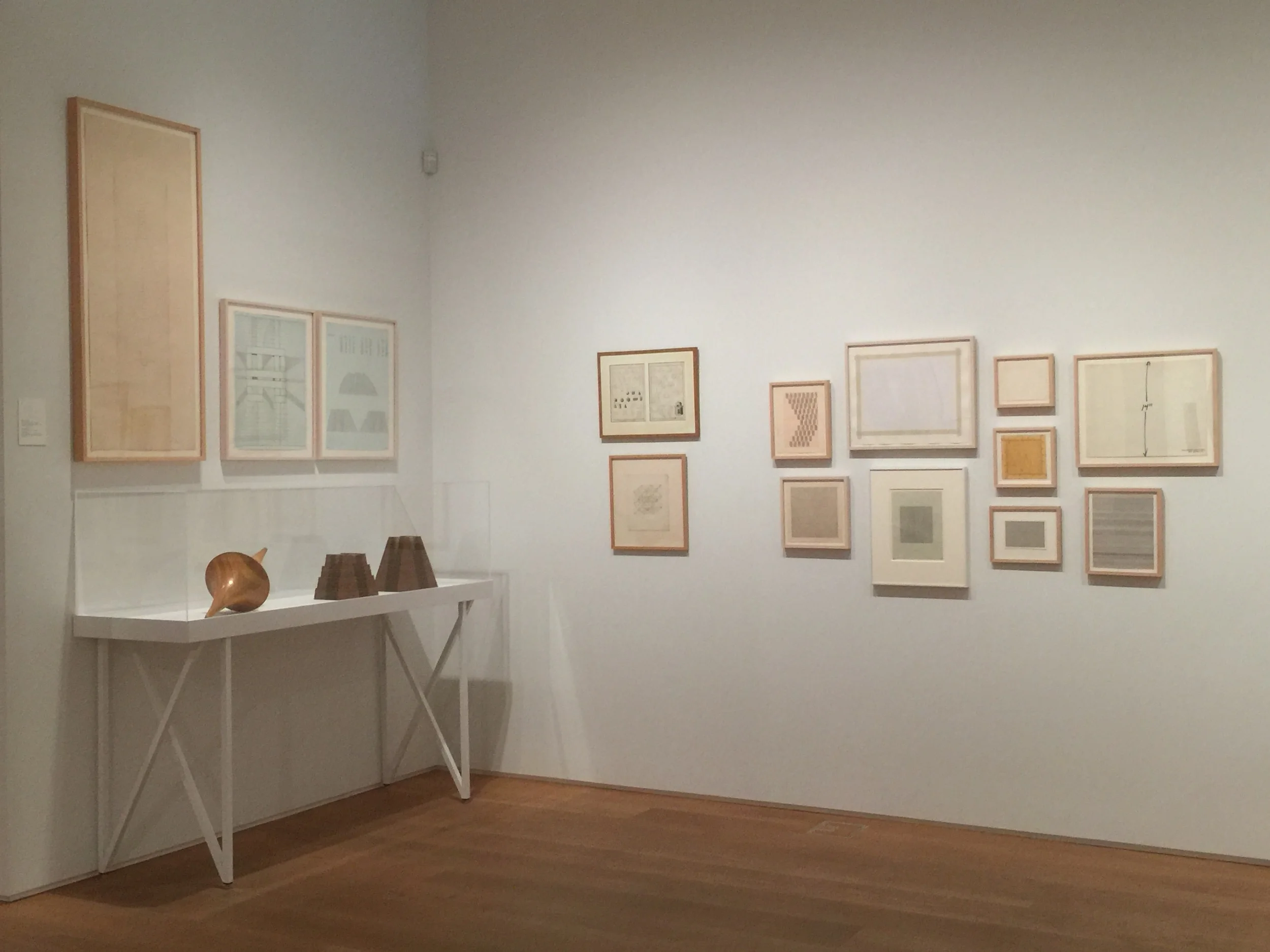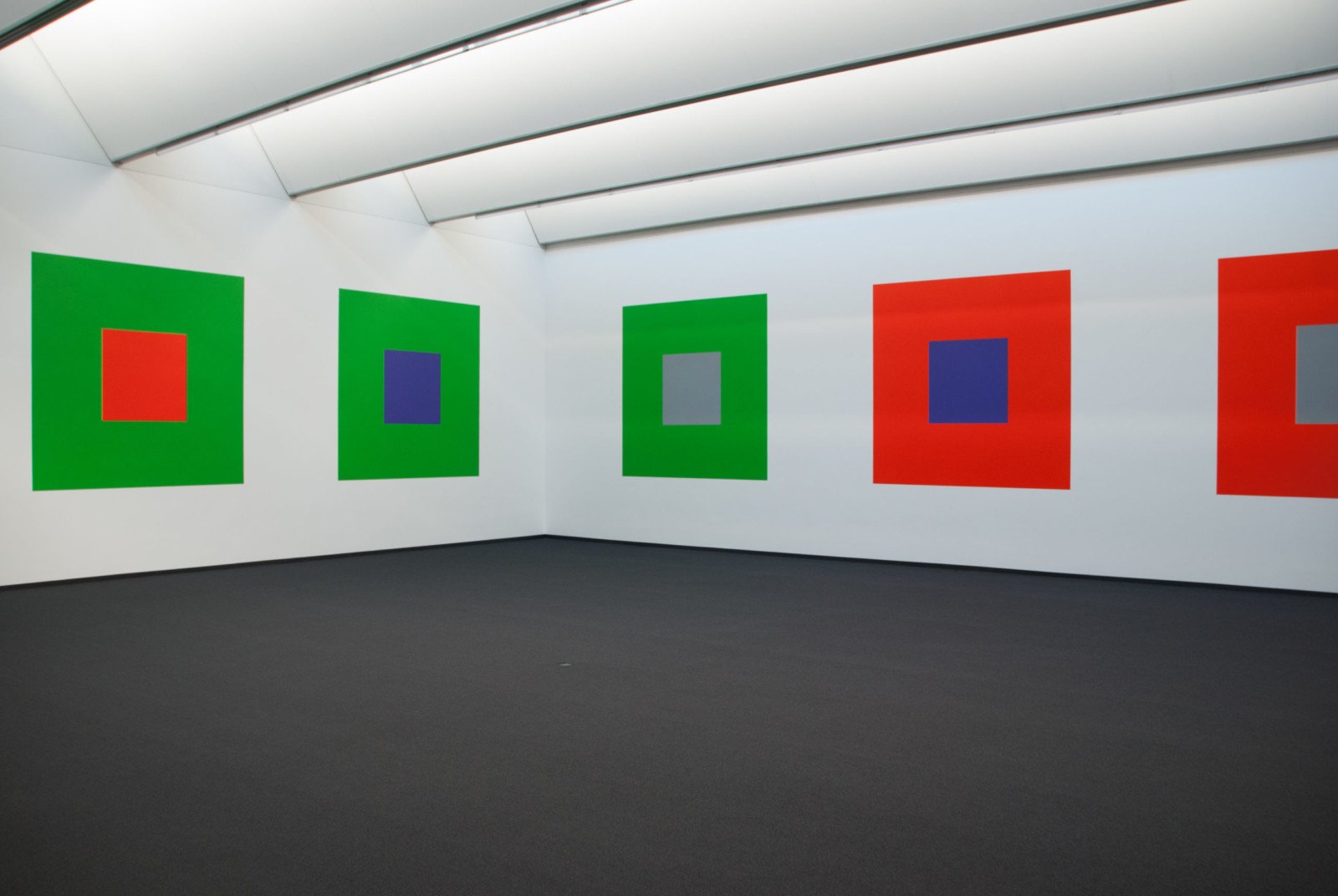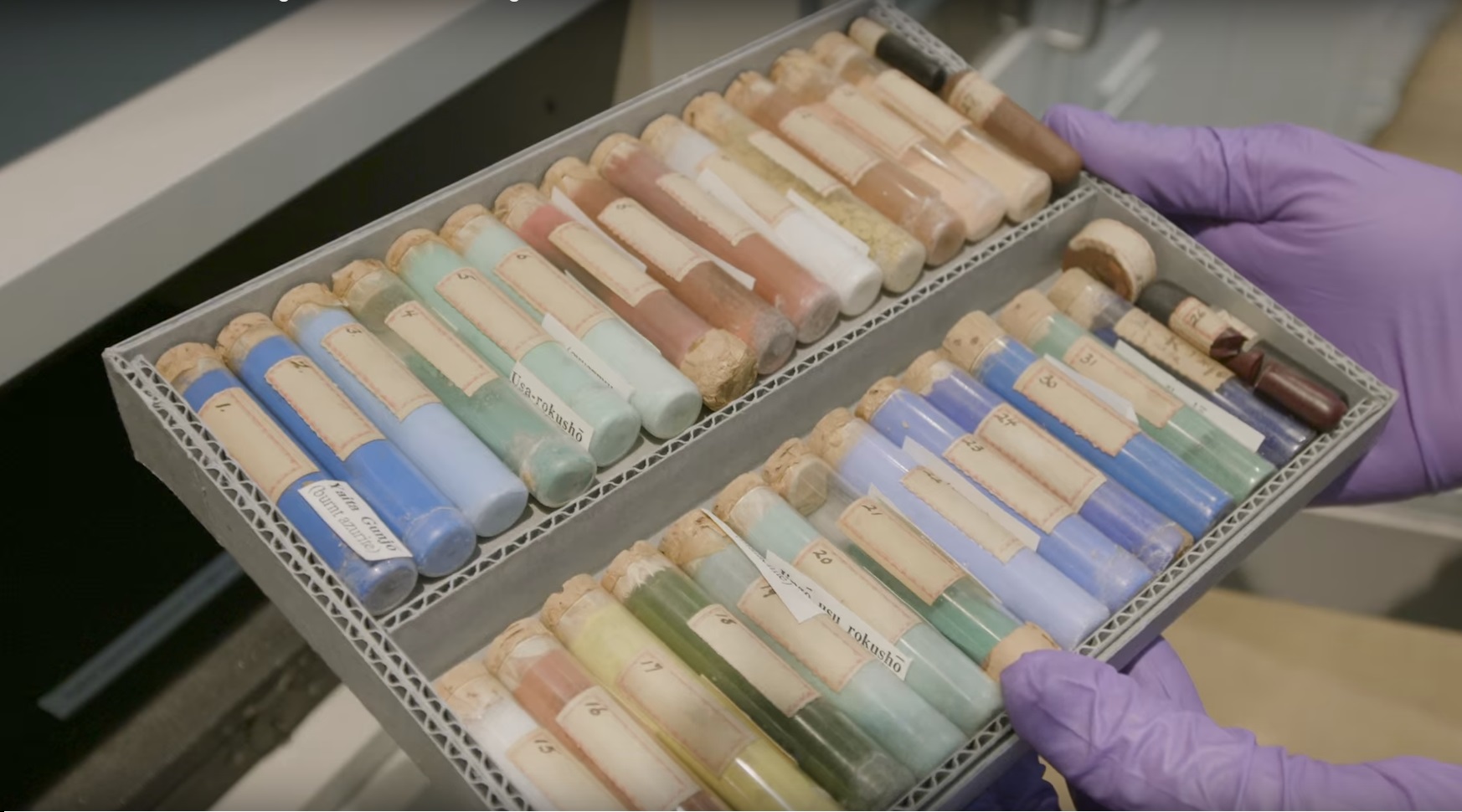Here’s a lesson in color perception found in my own neighborhood. I recently photographed these pastel tanks in Allston, Massachusetts. I pass them regularly while on the Mass Pike, and I’m consistently surprised by them. They’re so incongruous with the landscape of Boston, which, in my mind, is primarily brown, brick red & Celtics green.
I googled “pastel pillars Allston” and found this article from The Boston Globe. The tanks belong to Houghton Chemical. The color palette was selected by the company’s staff in the 1960s and has stayed the same ever since.
In 2005 the owner said, “There is an expectation in people’s minds that industry is ugly. Therefore we wanted it to be an artwork ... There’s no reason other than to spread beauty and joy”.
Photos by Sophia Naureen Ahmad
